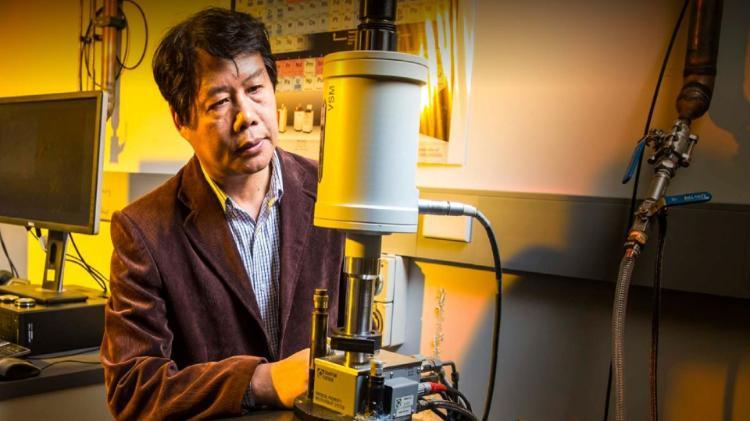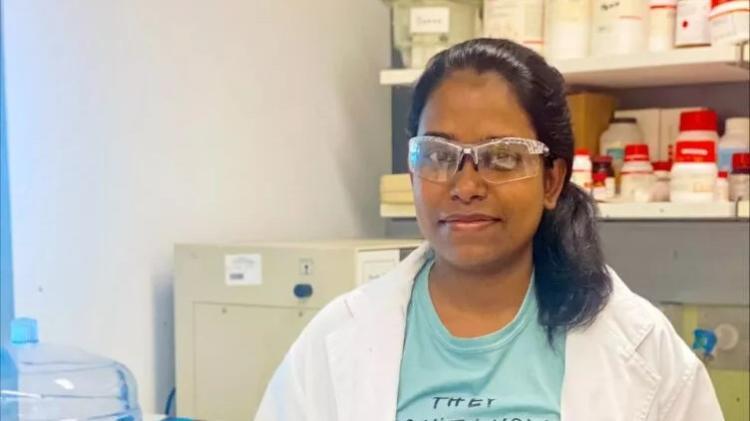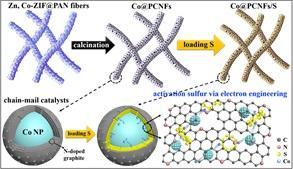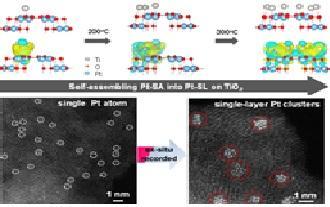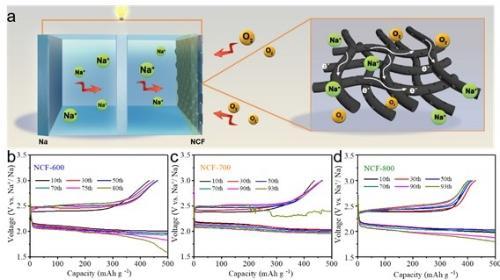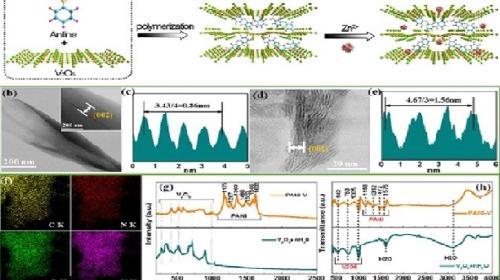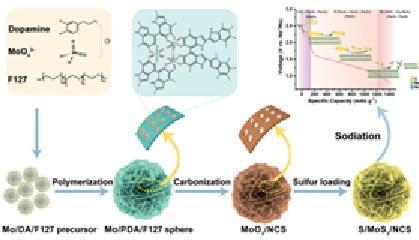Top-down patterning of topological surface and edge states using a focused ion beam
(Abdulhakim Bake, Qi Zhang, Cong Son Ho, Grace L. Causer, Weiyao Zhao, Zengji Yue, Alexander Nguyen, Golrokh Akhgar, Julie Karel, David Mitchell, Zeljko Pastuovic, Roger Lewis, Jared H. Cole, Mitchell Nancarrow, Nagarajan Valanoor, Xiaolin Wang and David Cortie, Nature Communications 14, 1693 (2023)).
A large collaboration of researchers led by the University of Wollongong has developed a process to engineer surface of topological insulators to create nanoscale conducting channels for advanced scalable electronic circuitry.
As reported in a paper in Nature Communications, investigators created patterns of topological surface edge states on antimony telluride (Sb2Te3) that made the surface edges conductive while the bulk layer beneath remained an insulator.
“The research answers a fundamental question if crystalline forms of topological materials can be transformed to glassy topological insulators when subjected to strong lattice disorder,” explained ANSTO Instrument Scientist Dr David Cortie, a Research Associate Investigator at the Future Low Energy Technologies (FLEET) Centre, who supervised lead author Abdulhakim Bake.
“Our research shows that, even if transformation may be possible in special cases according to past theory, there is no universal pathway and materials, such as antimony telluride, are instead converted to so-called trivial insulators”.
Previous research by scientists at the FLEET Centre established that a topological insulator could function as the ‘on’ state of a transistor with current carried by the conducting edges. This enables them to overcome traditional barriers for electron flow in a transistor.
“The question we addressed may sound a bit academic and uninteresting to people outside the field”, said Dr Cortie.
“But it is rather important, in that, it potentially holds the key to designing and building the trillions of transistors needed for energy-efficient quantum electronics using a nuclear technique.
The question of amorphous and quasicrystalline topological insulators is attracting a great deal of attention within the sector. Our work provides some of the first experiments and should be useful to many people working in this field,” said Dr Cortie.
“On the technological front, I also believe we have unveiled a very useful pathway towards scalable topological electronics utilising ion beams to define surface electronics”.

